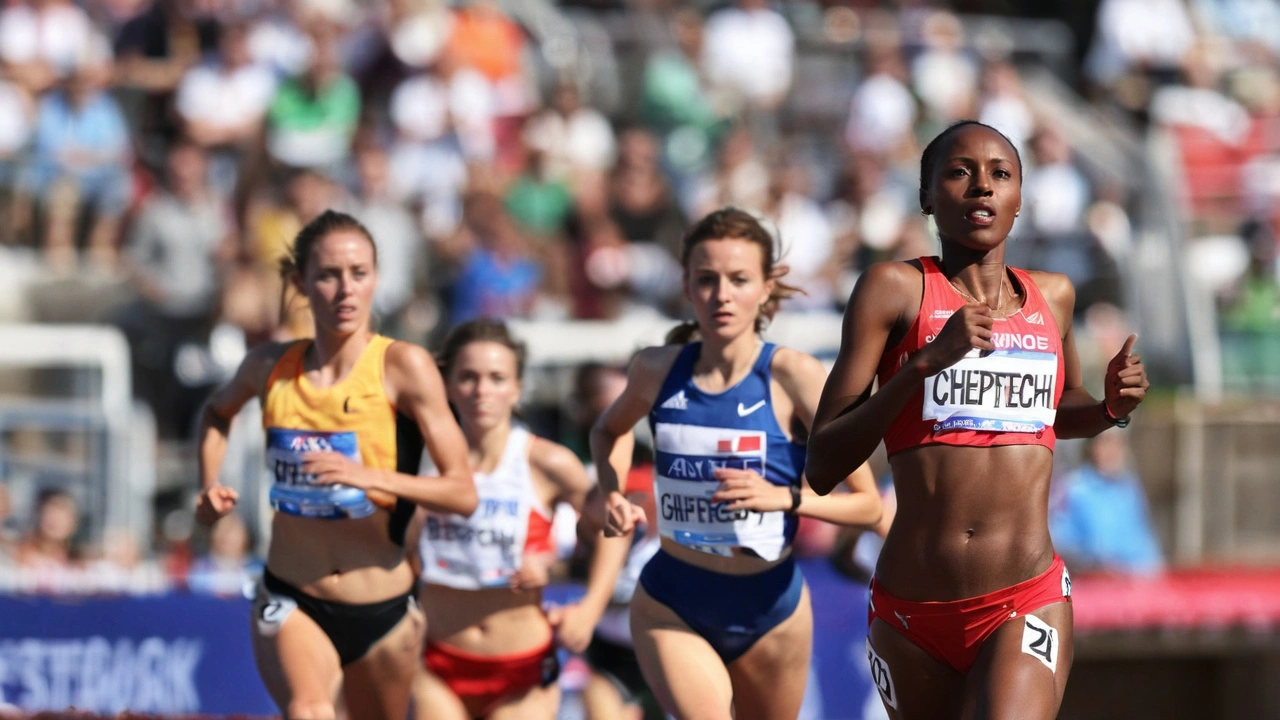3000m Steeplechase: What You Need to Know
The 3000m steeplechase isn’t just a long run with hurdles — it mixes distance pacing with 35 obstacles (28 barriers and 7 water jumps) over 7.5 laps. Men clear 91.4 cm barriers, women 76.2 cm, and the water pit is about 3.66 m long. If you want to race faster and stay upright, technique and specific workouts matter more than sheer mileage.
Training that actually helps
Start with running fitness: steady aerobic miles plus one quality session weekly. Good options are tempo runs (20–40 minutes at a comfortably hard pace) and intervals like 6x800m with 2–3 minutes rest to build speed endurance. Don’t ignore long runs — a 12–16 km long run once a week keeps your base solid.
Add obstacle work twice a week. Practice barrier drills at slower speed first: step-overs, lead-leg clears, and landing mechanics. For water jumps, practice both techniques — hurdling and stepping on the barrier — so you can use whichever feels safer when tired. Do reps like 6 x 200m with a water jump each rep to train rhythm under fatigue.
Strength matters. Two sessions a week of weighted lunges, single-leg Romanian deadlifts, box jumps and core work reduces injury risk and improves power for the water pit. Include mobility for hips and ankles — tight hips make barrier clearance inefficient.
Race-day tips and simple tactics
How you start makes a difference. Don’t burn out in the first lap chasing position; the field often settles by lap two. Aim to be near the leaders before a water jump so you’re not boxed in. Approach each barrier with a consistent stride pattern and pick a lead leg that you can use on both sides — practice alternating in training so you can cope with race chaos.
On the water jump, land softly and forward so your momentum carries you through. If the pit is deep, landing closer to the barrier edge is faster; when it’s shallow, a longer leap pays off. Watch others early in the race to judge how the pit is behaving that day.
Shoes and spikes: choose track spikes with moderate pins (4–7 mm) for grip but not too long for water landings. After races, treat your legs right: ice sore areas, foam roll, and do light recovery runs the next day to flush out stiffness.
Common mistakes to avoid: sprinting early, skipping water-jump practice, and relying on one lead leg. If you train the barriers like part of your running, your steps will stay smooth and your race will feel easier. Want a simple weekly plan to get started? Try one long run, two quality track sessions (including barrier reps), two strength sessions, and easy mileage the rest of the week.
If you’re new to steeple or moving up in distance, focus on rhythm, strength and consistent practice on the water jump. Small changes in technique add seconds — and those seconds win races.



